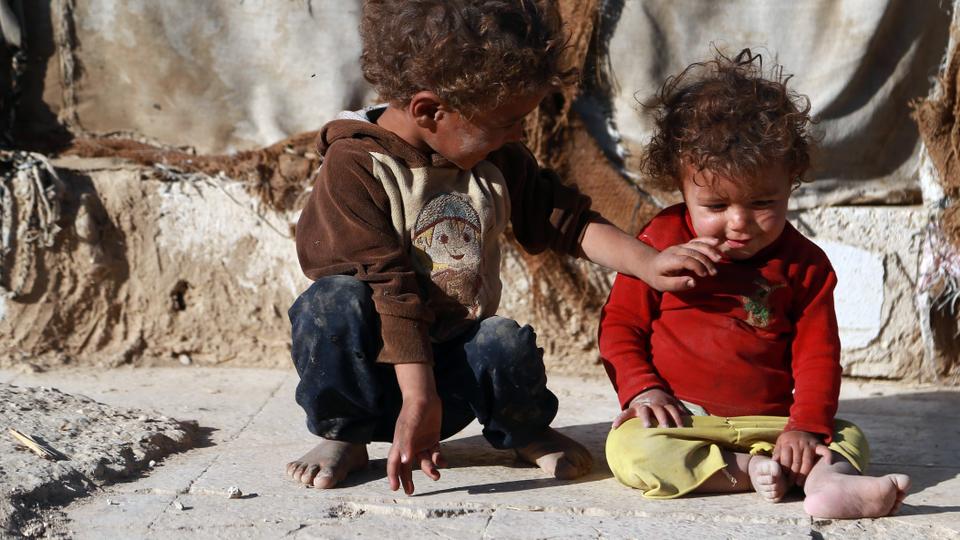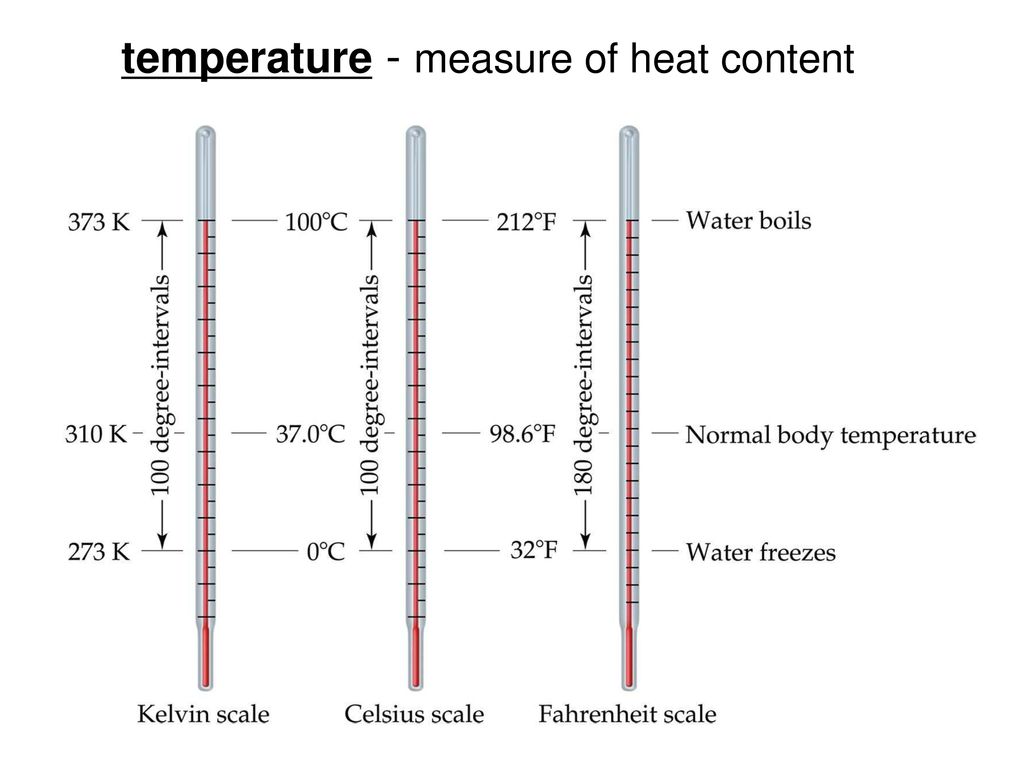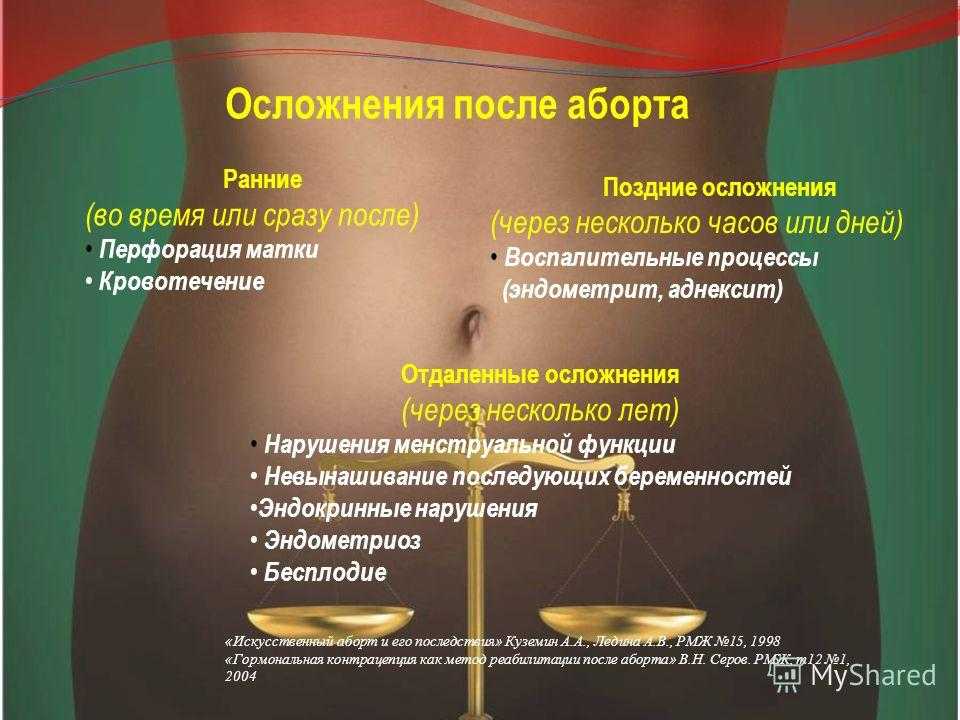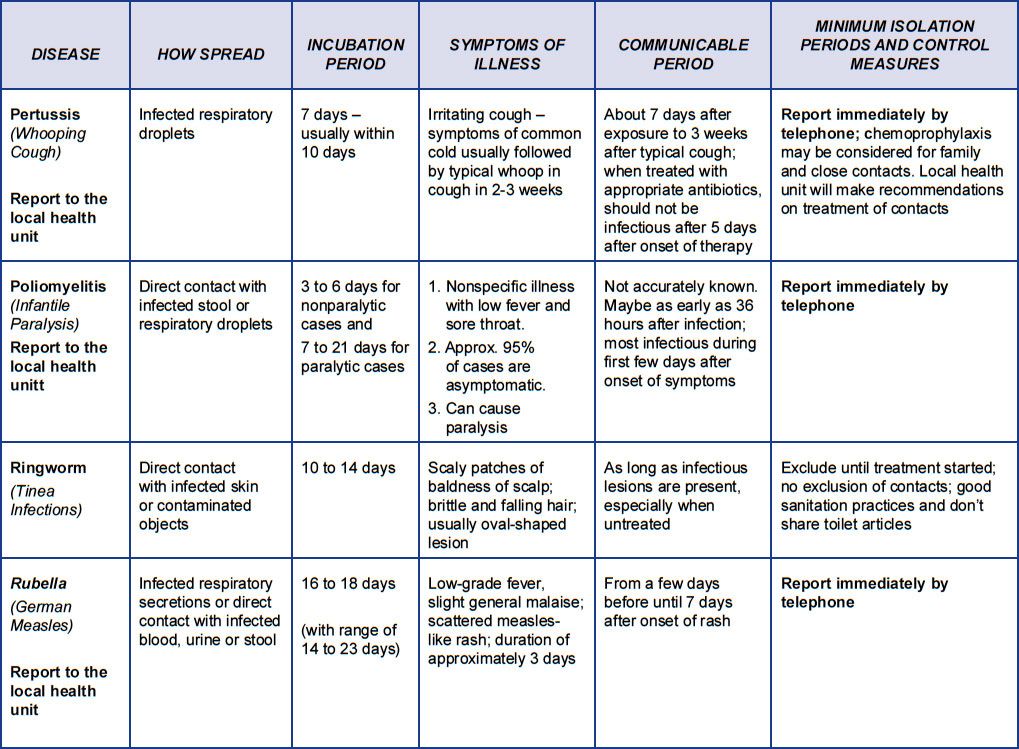How to put weight on skinny child
7 Tips for Feeding the Skinny Kid | Underweight Child
If you have a skinny kid or underweight child, you may be uncertain about your child’s health.
In this article, you’ll learn what you can do to calm your fears and help your child, including checking the growth chart, what food for weight gain I recommend (if needed), and more.
Many parents worry about their child’s weight. They fear their skinny child is under-eating or under-fed.
I can empathize. I was a skinny kid when I was young.
One of my memories is of my freshman year in high school during gym class when all the girls had to get weighed and measured.
Even back in the ’70s we were weighed in front of everyone at school.
Weighing in at roughly 90 pounds, I mostly remember the teacher announcing, “Jill weighs 90 pounds ….”
I was the lightest of all the girls in my class.
It was one of the first times I felt different. The first time I felt public shame.
Embarrassed to be thin and behind my peers in maturation.
At the time, I hadn’t “developed” yet. I hadn’t started my menses and I was thin.
It wasn’t until I showed up for my senior year in high school that I reached my current 5’8″ and had filled out my frame.
Read: Body Image: How to Prevent Issues in Kids
Underweight Child or Just Skinny Kids?Back then, my parents weren’t worried about whether I was underweight or about my growth and development.
I was active everyday playing basketball. I had a voracious appetite and a love of food and eating.
My parents accepted things as they were, and probably recognized that I was very similar to my mother’s frame and maturation tendencies.
Today though, having a skinny child may cause you to sprout grey hairs and yell incessant pleas from the table to eat.
You may worry more about nutritional status, peak growth, and the status of your child’s health down the road.
Some kids are genetically inclined to be slight of build, while others, naturally husky.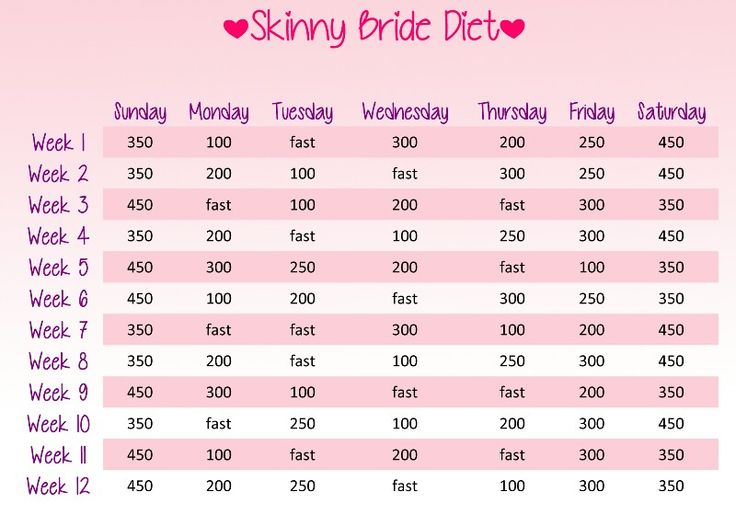
In a world where so much attention is given to prevention and treatment of the condition child obesity, I know that your underweight child can be just as concerning.
Especially if he’s not eating enough.
Naturally, you probably want to help your child gain weight and grow.
But, I caution you: Most kids are fine, especially if they are eating and active.
Thin kids who aren't eating can be just as concerning as those kids who are overeating. Here's how you can feed the thin child. #skinnykid #fearlessfeeding #healthyeating Click To Tweet
Weight Gain for Kids: How to Help the Underweight ChildIf you do have a child who is underweight and you’re worried about whether she is getting enough nutrition, remember, it’s not about getting your child to eat.
Here are some healthy tips to help calm your fears and help your child:
1. First, Check the Growth ChartChildren show us they are thriving through their normal growth and development as demonstrated on the Center for Disease Control growth charts.
Your pediatrician plots your child’s weight and length/height routinely at well-visits and check-ups.
Children who are growing normally will track predictably on their own personal growth curve.
Children who are not gaining weight appropriately may demonstrate a flattening of their growth curve.
Or, they may show a decrease from their usual growth channel percentile.
The growth chart is a good indicator of your child’s overall nutritional status.
If your child appears to be maintaining a usual and predictable pattern of growth on the curve, you can rest assured that your child is getting adequate calories.
2. Consider an Age-Appropriate MultivitaminWhile children may be naturally or constitutionally thin, some are skinny due to selective or extremely picky eating.
These kids may not be getting adequate amounts of vitamins and minerals.
They may also lose weight.
If your child leaves out one of the major food groups (dairy, fruit, vegetable, grains, proteins), consumes more processed foods than whole, natural foods, or is losing weight or having difficulty gaining weight, a multivitamin may be a prudent addition to his/her daily diet.
Every bite of food and every gulp of liquid can help your child gain weight, grow and be better nourished.
Keep these nutrition “boosts” in mind:
- Be sure to add and/or cook vegetables with fat, such as butter and/or oils.
- Add sauces such as cheese, hollandaise, or sour cream to boost calories.
- Dip fresh fruit in yogurt, fruit dips, or peanut butter.
- Double dress pasta--rinse and toss with olive oil, then add butter, cheese or sauce.
- Choose 2% or whole milk, instead of skim or 1% fat.
- Reconstitute soups and prepare oatmeal with milk instead of water.
- Boost baked goods such as these healthy muffins, cookies, or pancakes with an extra egg or dry milk powder.
Smoothies, milkshakes, instant breakfast drinks or peanut butter toast are good snacks that pack extra protein and calories before sleeping.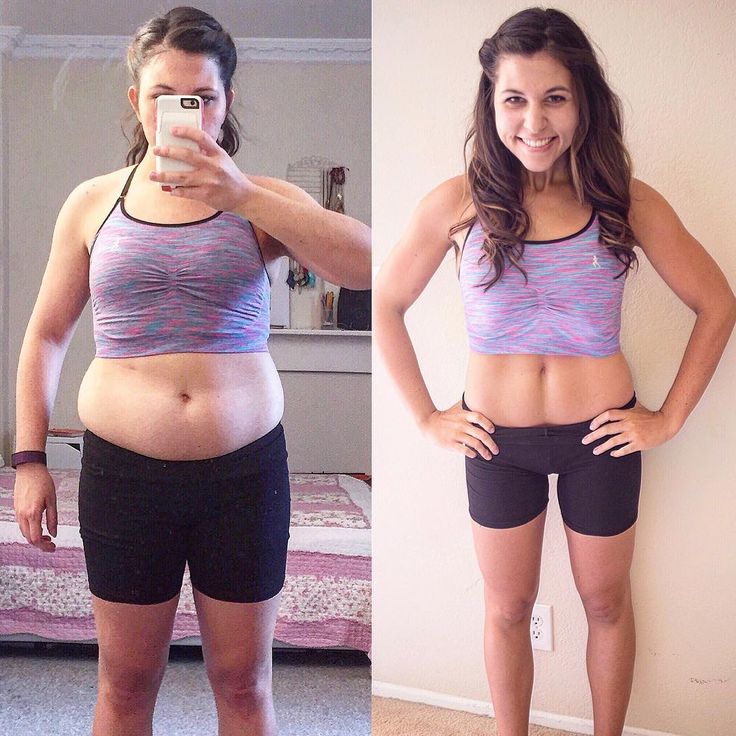
The timeframe before bed is a golden hour for packing in some extra calories. And they won’t be burned off so readily!
For some additional snack ideas, check out my 51 Snacks for Kids blog or download this handy snack guide.
If you’re stuck in the cycle of junky snacks, take a look at my Healthy Snack Planner.
It will help you revamp the way you think about and offer snacks to your child.
5. Stick to a Meal & Snack SchedulePlan meals and snacks to occur on a consistent basis, as it can help support the cycle of hunger and promote adequate nutrient intake.
Aim to offer meals and snacks every 3-4 hours and maintain this regular routine. And of course, offer balanced meals.
6. Stay Active (Yes, Even Underweight Kids)Encourage your child to stay physically active. While this may seem counter-intuitive, it helps build appetite.
Daily activity is part of a healthy lifestyle.
Exercise helps build and sustain the appetite cycle, causing hunger, which leads to eating.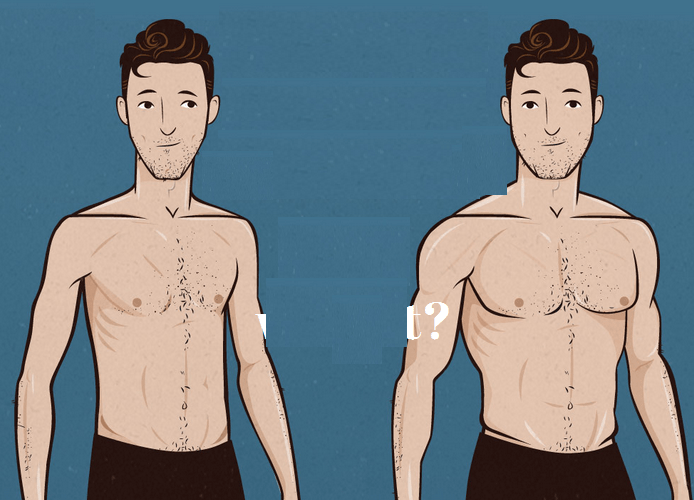
When you plead for your child to eat more, beg or bribe him with dessert or even threaten to take food away if he doesn’t eat enough, this sets up a negative dynamic around food for your child.
These are also controlling feeding behaviors, and may backfire in the long run, causing your child to be pickier and/or eat less.
What should you do instead?
Provide ample opportunity to eat with a regular schedule of meals and snacks. And, offer nutritious, acceptable foods.
Although you can’t force your child to eat, you can allow him to choose which foods he’ll eat from what you have offered and let him make decisions about how much he will eat.
What about Weight Gain Supplements (like Pediasure) for Kids?I’ve had a number of parents ask about weight gain supplements such as protein powders and shakes. While there are some products on the market that tout the ability to help children grow, like Pediasure, the reality is a child needs to like these products and be willing to drink them.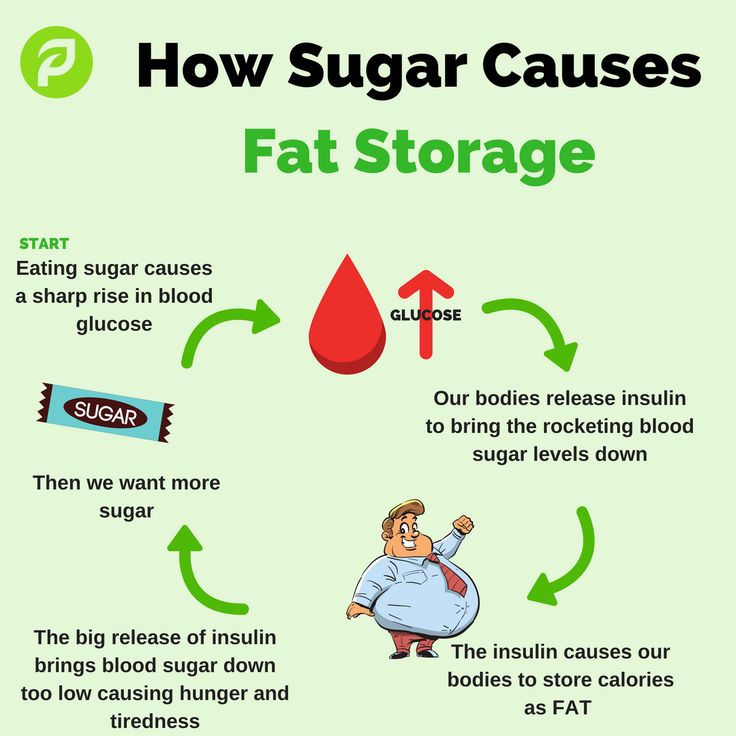
Many of the commercial products are formulated with children’s needs in mind. They can add a calorie and nutritional boost to a child’s overall diet.
Homemade weight gainer shakes, or a boosted milk drink, like Carnation Instant Breakfast or Ovaltine (both of which get added to milk) can do the trick, too.
I like to use whole milk, whole milk yogurt, peanut butter, honey, frozen fruit like mango, and flax oil to concoct a high calorie high protein beverage.
Offering something like this at night, before bedtime, can help. The most important things to consider when thinking about weight gain supplements are:
- Your child enjoys drinking it
- It is appropriately made for the pediatric population (the amounts of nutrients aren’t too high for kids)
- Your child doesn’t become reliant on them
- They’re working well, and not crowding out the ability to eat other nutrient-rich foods
Warning: Many supplements are designed with adults in mind and may be too high in vitamins and protein for a young child.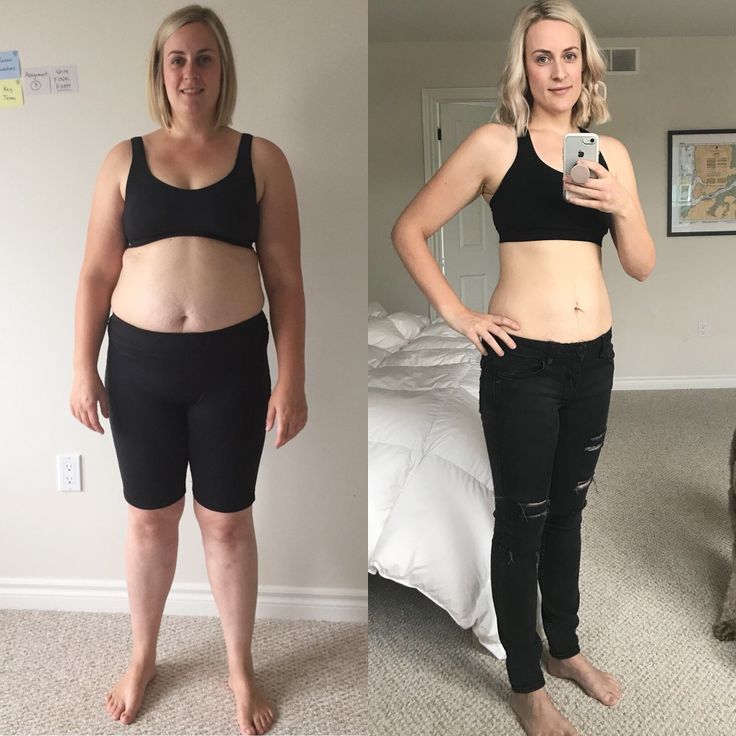 And remember, supplements are a short-term fix. You don’t want your child on them for the long term.
And remember, supplements are a short-term fix. You don’t want your child on them for the long term.
Have a Skinny Boy?
Today, boys may feel an inordinate amount of pressure to be muscular – even before it’s biologically possible for them to bulk up their muscles.
The latest science tells us that boys are developing body image problems and eating disorders at an increasing rate.
If you have a skinny boy, be on the lookout for changes in eating, particularly eating more protein to bulk up, and dissatisfaction with body appearance.
Tune in to my podcast interview with author and researcher Charlotte Markey on this topic.
Got a Skinny Girl?
Similar to skinny boys, girls can feel just as inadequate when they are smaller bodied or have trouble keeping weight on.
Equally as disturbing, though, are those girls who are trying to get skinny through dieting, purging or other means of losing weight.
Be on the lookout for behaviors that predict disordered eating and eating disorders.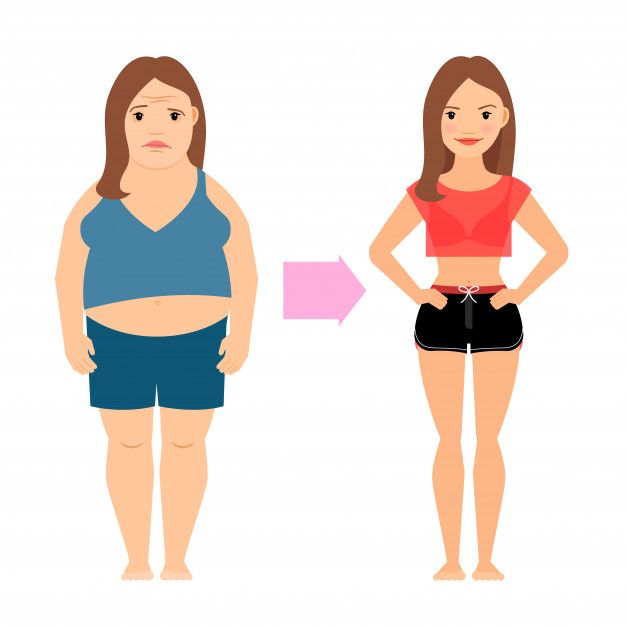 I’ve got more details in The Eating Disorder Guide.
I’ve got more details in The Eating Disorder Guide.
Remember, some children are naturally thin. This is part of their constitution.
Some kids may be thin due to suboptimal or inadequate nutrition.
You’ll see a downturn on their growth chart and they may classify with an underweight BMI.
If you’ve tried these suggestions, consider further assistance from a Registered Dietitian or your pediatrician if you are concerned about your child’s weight.
If you think part of the problem is related to a limited food variety, my book, Try New Food: How to Help Picky Eaters Taste, Eat & Like New Food, can help!
It takes you through some steps to encourage your child to expand his food repertoire without pressure or negative feeding.
Want more expert tips? Check out my podcast, The Nourished Child!
CHILD UNDERWEIGHT? | EVERYTHING YOU NEED TO KNOW so Your KID CAN GROW (from a Pediatric Dietitian)
Watch this video on YouTube
This post was updated in June, 2020.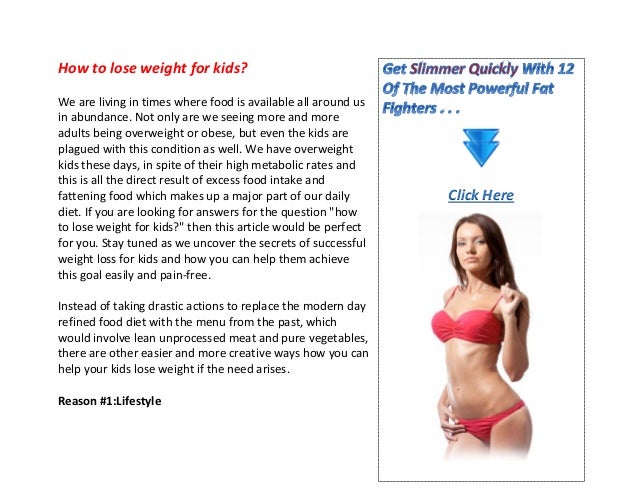
Underweight children aged 6 to 12
Children aged 6 to 12 are still growing, which means they need the energy (calories) and nutrients that come from a varied and balanced diet. If your child is underweight, they may not be getting enough calories.
If you're concerned that your child is underweight or not growing normally, see a GP. Low weight can occur for a number of reasons.
How can I tell if my child is underweight?
As a parent, it can be difficult to tell if your child is underweight.
If you already know your child's height and weight, and want to know if they're a healthy weight, you can check using our healthy weight calculator.
If your child is in Year 6 (ages 10 and 11), they may have already been weighed and their height measured as part of the National Child Measurement Programme.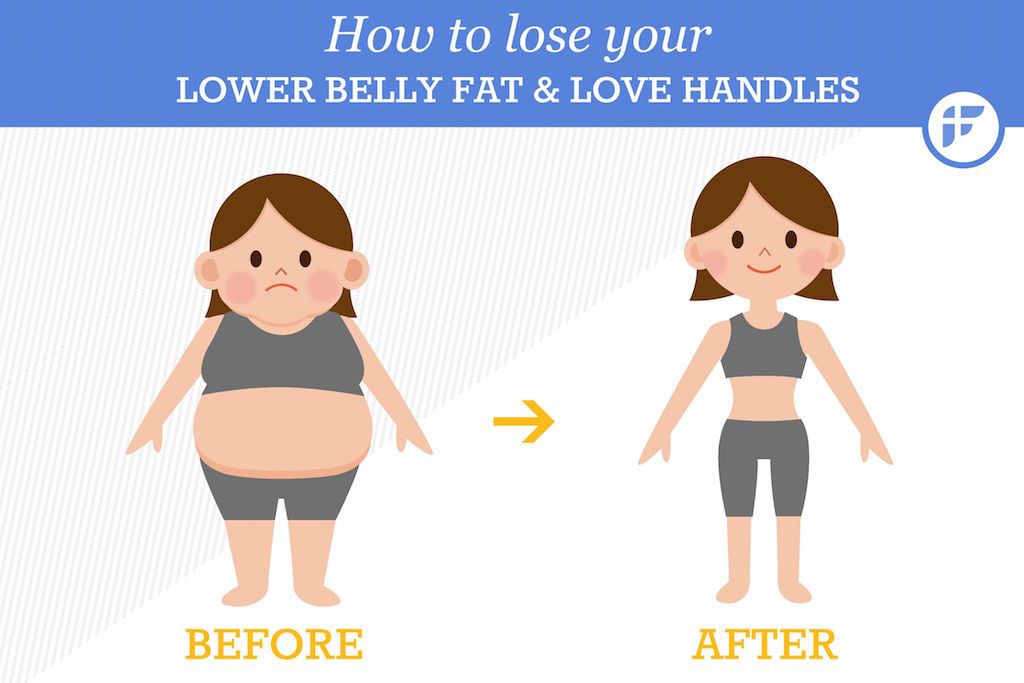
In some areas you may be sent the results for your child. In other areas you will have to contact your local authority to find out your child's measurements.
If results show that your child is underweight, consult a GP, who can talk to you about the possible causes.
If there is a problem with your child's diet, the GP can give advice that will help bring your child up to a healthy weight, or refer them to a dietitian.
Your child's diet
All children need the energy (calories) and nutrients that come from a varied and balanced diet.
If your child is underweight, it may be tempting to fill them up with high-calorie but unhealthy foods, such as sweets, cake, chocolate and sugary and fatty foods and drinks. However, it's important that your child gains weight in a healthy way, and this means eating a balanced diet.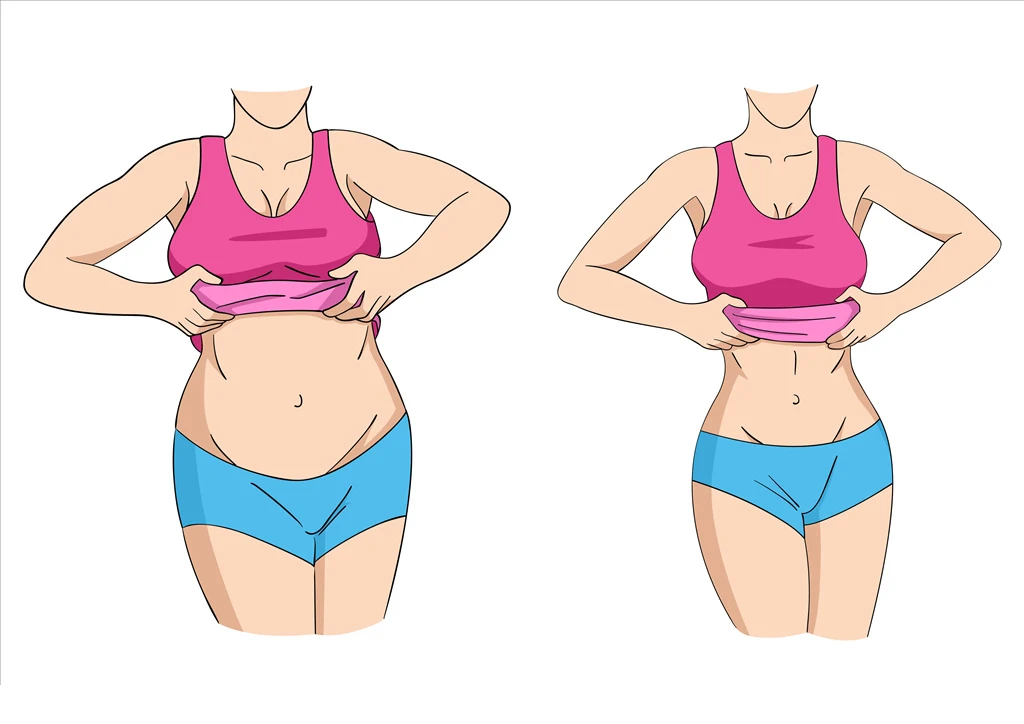
Once your child is 5, they should be eating a healthy, low-fat diet like the one recommended for adults. Find out more in What to feed young children.
What is a balanced diet?
The government advises that children aged 5 and over follow the Eatwell Guide. This guide shows the proportions in which different types of foods are needed to have a balanced diet:
- Eat at least 5 portions of a variety of fruit and vegetables every day.
- Base meals on potatoes, bread, rice, pasta or other starchy carbohydrates. Choose wholegrain where possible.
- Have some dairy or dairy alternatives (such as soya drinks and yoghurts). Choose lower-fat and lower-sugar options.
- Eat some beans and pulses, fish, eggs, meat and other protein. Aim for 2 portions of fish every week – 1 of which should be oily, such as salmon or mackerel.

- Choose unsaturated oils and spreads and eat in small amounts.
- Drink plenty of fluids – the government recommends 6 to 8 glasses a day.
Try to choose a variety of different foods from the 5 main food groups.
Consume foods and drinks that are high in fat, salt and sugar less often and in small amounts.
Most people in the UK eat and drink too many calories, too much fat, sugar and salt, and not enough fruit, vegetables, oily fish or fibre.
Learn more about the different food groups and how they form part of a healthy, balanced diet.
Children's meals at home
Do you find it difficult to make time to prepare healthy balanced meals for the whole family? If so, that might be part of the reason your child is not consuming enough calories.
Try to make time for breakfast and dinner, and eat together as a family.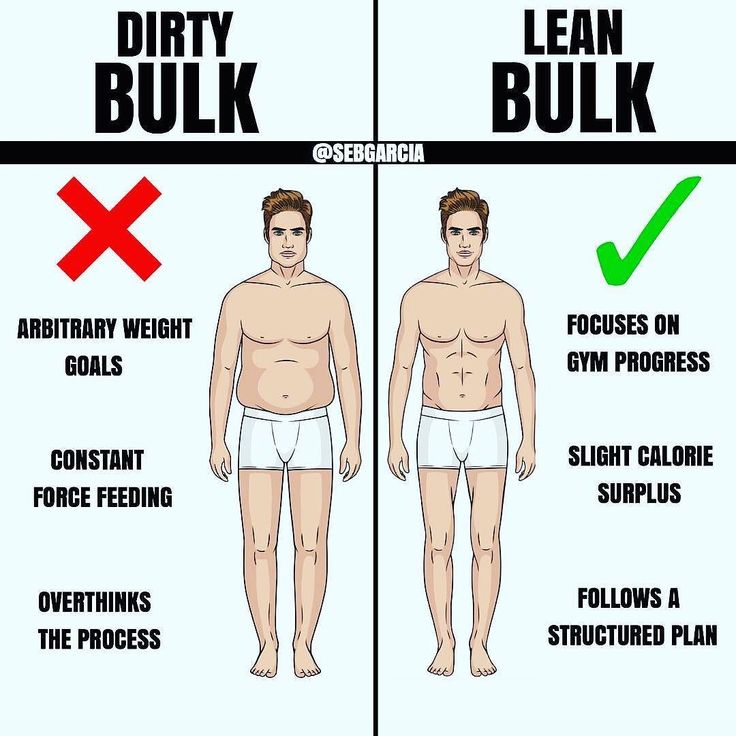 Make mealtime a fun part of the day.
Make mealtime a fun part of the day.
Children's lunches
During the week, your child will eat lunch at school. It's impossible to monitor exactly what your child eats away from home, but you can help your child make healthy choices.
- Talk to your child about the importance of a healthy and balanced diet.
- Give your child prepaid school lunches, or a healthy packed lunch, instead of giving money that your child can spend on food.
- Find out what the school's healthy eating policy is.
These days, school lunches are more likely to meet a child's nutritional requirements compared with the average packed lunch.
If you would prefer to make your child a packed lunch, make sure it is nutritionally balanced.
A healthier packed lunch should:
- be based on starchy carbohydrates (bread, potatoes, rice, pasta)
- include fresh fruit and vegetables/salad
- include protein such as beans and pulses, eggs, fish, meat, cheese (or dairy alternative)
- include a side dish, such as a low-fat and lower-sugar yoghurt (or dairy alternative), tea cake, fruit bread, plain rice/corn cakes, homemade plain popcorn, sugar-free jelly
- include a drink, such as water, skimmed or semi-skimmed milk, sugar-free or no-added sugar drink
Get ideas from Change4Life for what to put in your child's school packed lunch.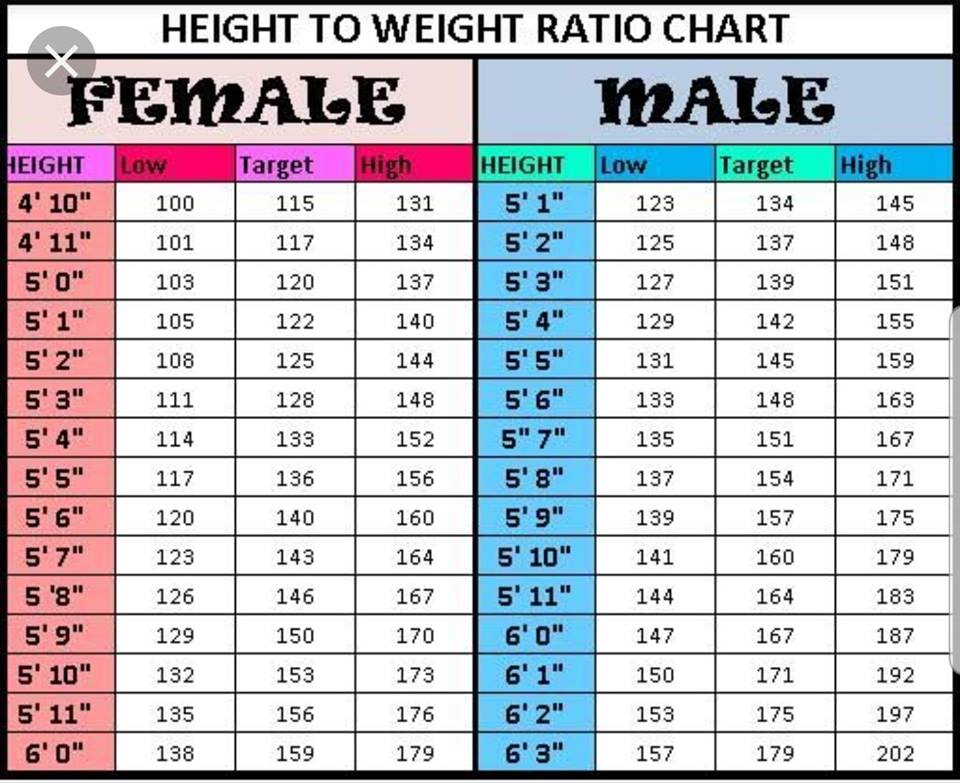
How to increase your child's calorie intake
To help your child gain weight, try increasing their portion sizes at mealtimes, especially for starchy foods such as bread, rice, pasta and potatoes.
Alternatively, if your child finds it hard to eat larger portions, try increasing the energy density of your child's meals, until they have reached a healthy weight.
Energy density is the amount of energy (calories) per gram of food. Higher energy density foods tend to be higher in fat, such as cheese, nuts, whole milk and nut butters.
Try:
- a jacket potato with baked beans topped with grated cheese
- tuna pasta bake
- mashed avocado topped with chopped hardboiled egg on wholemeal toast
You can also boost your child's daily calorie intake by providing healthier snacks.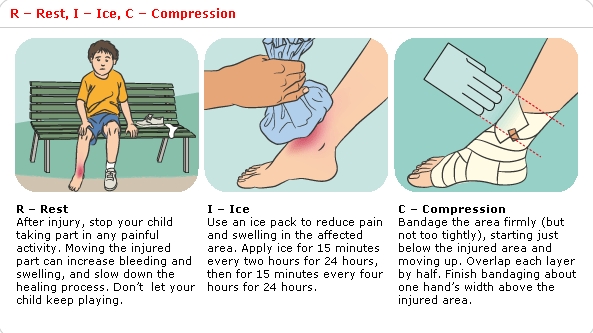
Great snack ideas include:
- small sandwiches with a protein filling, such as cheese or eggs
- cheese and crackers or cheese on wholemeal or brown bread
- yoghurt, which contains protein and calcium
- breadsticks and vegetable dips such as hummus
Keep your child active
Even if your child is underweight, it's still important that they're physically active.
Physical activity helps them develop strong, healthy bones and muscles. It's an important part of how they learn about themselves and the world. And, best of all, it's great fun.
Children over 5 should do a minimum of 60 minutes of activity each day. But the amount of physical activity your child should do may be different if they're underweight. A GP, practice nurse or school nurse can advise you on this.
Find ideas on how to get active with your child.
Monitor your child's progress
If you provide a healthy diet using these guidelines, you should see your child's weight and growth improve.
Keep regular records of your child's height and weight, and take your child back to the GP to check that their weight gain is happening as it should.
Once your child has reached a healthy weight, their diet may need adjusting so that they do not become overweight.
The child is very thin, how to gain weight?
2013, 13:29
#4
.
First, describe what you are cooking, what ingredients, method of preparation, portion size. And then some kind of nonsense: he always eats everything, but he’s dead. By the way, maybe he has such a constitution, in the family according to her husband and according to you what physique? Are you and your husband skinny?
By the way, maybe he has such a constitution, in the family according to her husband and according to you what physique? Are you and your husband skinny?
#5
#6
#7
NOT KISEL
So, in you, transparent. Children the in whom should be. Get older, gain weight.
#8
#9,0005
FIFA
, as you say, it was the "Camp Camp", adults came up to me in the yard and asked: “Girl, don’t they feed you at home?”, And I ate normally, I was just thin, my mother gave me brewer’s yeast and fish oil, with age everything became normal, until the age of 14 I was sooo skinny, then normal. Check the child for worms, you never know ...
Check the child for worms, you never know ...
#10
Guest
Height 97 cm, weight 12 kg
But I don't worry too much, it's better for a girl to be thin than plump.
#11
Well, there are people like this with a "rectum" - they eat and are thin. leave the child alone if he eats "everything", active, without digestive problems.
#12
#13
Kilis
My son is 6.5 years old, height 114 and weight 19-20 kg, is that small?
By the way, at the age of 7 I weighed 18. 5 kg.
5 kg.
#14
#15
#16
Lvivita
6 We need to be more in the air, why didn’t anyone here talk about it? Movement-movement and immediately a large plate of food. It will be short for you if you let it languish like that.
#17
my son is also growing poorly. He is also the smallest even among girls in kindergarten.
And the size of the legs is small and palm. He is a full 7 years old. Height 114, weight 22. Such a strong man. The doctor does not say anything about growth. But I wonder how tall the child will be?
#18
A child needs movement in the air just like food.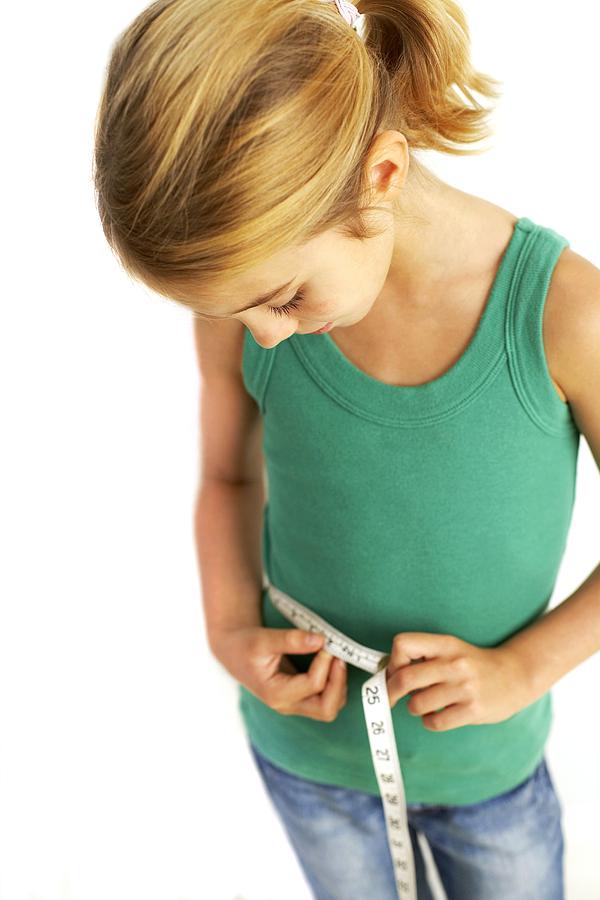
#19
Guest
I am thin, I was also blue and transparent in childhood, my mother, on the contrary, was plump in childhood, but then she was thin all her life. The husband is normal, not thin and not fat. What am I cooking? Yes, like everyone else: soups - borsch, cabbage soup, fish soup, hodgepodge, pickle, kharcho, noodles. According to traditional recipes with meat. Second courses: mashed potatoes, rice, buckwheat, goulash, meatballs, chicken, stewed vegetables, cabbage. In the morning I cook porridge for him: most often semolina or rice, less often barley, oatmeal or millet. More cottage cheese, scrambled eggs, milk or kefir. He does not eat desserts - he does not like sweets. Doesn't eat fruit well. The regimen is this: in the morning porridge, I put it like an adult, at lunch soup or a second, for an afternoon snack milk with a bun or cottage cheese, for dinner what he wants: if he wants soup or a second - I give, if he wants porridge - I give porridge.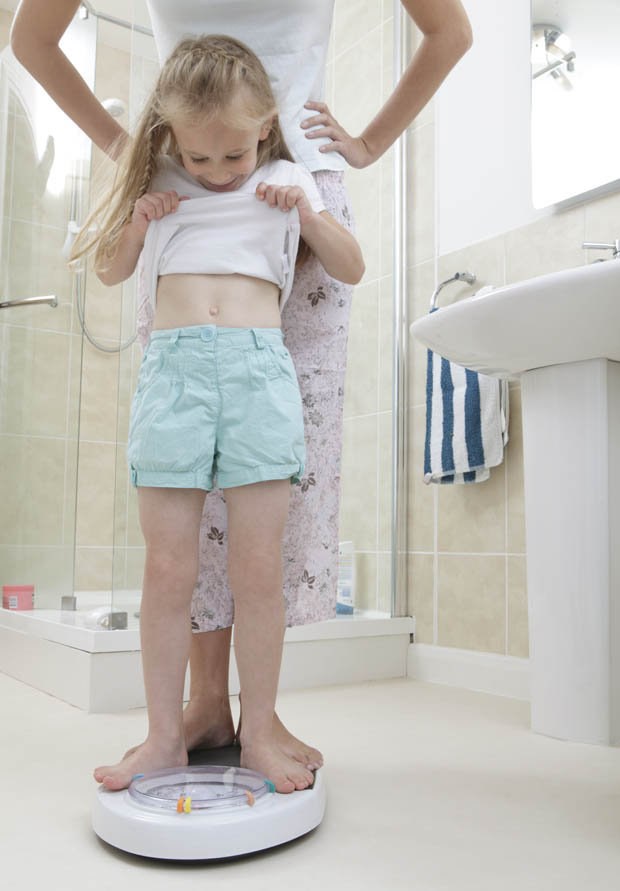 Well, something like that.
Well, something like that.
#20
guest
A child looks like its parents. For example, I grew very poorly. I was the smallest in the group and in the class. But in the end I grew to quite normal 165 cm.
And the size of the legs is small and palm. He is a full 7 years old. Height 114, weight 22. Such a strong man. The doctor does not say anything about growth. But I wonder how tall the child will be? 9Woman.ru
Vladimir Titarenko
Fitness nutritionist
135 answers
Maxim Sorokin
Practicing psychologist
1 016
Tokar Darya Anatolyevna
Fitness trainer
32 answers
Ivanova Svetlana
Coach
75 answers
Maria Burlakova
Psychologist
331 answers
Osipova Ksenia Andreevna
Psychologist
40 answers
Maria Kremenetskaya
Speech therapist - defectologist
32 answers
Maria Parkhomenko
Nutritionist, Consultant
5 answers
Nidelko Lyubov Petrovna
Practicing psychologist
243 answers
Maria Sinyapkina
Psychologist-Sexologist
91 answers
#23
The Pauger has a scales and tables "RIST-VED", all our doubts and perplexities are solved by a doctor whom I trust, although they did not find him on the first try.
#25
#26
Inaccessible stories
-
I am infuriated with her children and grandchildren ...
9000 1 235 answers - 9000 9000 9000
The man immediately warned that all the property was registered to the children
914 answers
-
Such a salary - I don’t want to work
609 answers
-
Lies 22 years long. How to destroy?
900 answers
-
Husband left, 2 months of depression... How will you cope if you are left all alone?
194 response
#27
GOST
97 cm, weight 12 kg
Guest
Children 4 and a half years. all his life he was underweight, was born prematurely and ate very poorly from birth to three years. Now, it seems, he eats well, And he eats porridge, and the second and soups, in the kindergarten he eats everything and at home I try to feed him more. But the weight is not added, it is not so noticeable in clothes, but when he is naked - it's just some kind of concentration camp! One bones. I give Elkar for appetite and weight gain - but so far to no avail. Question: maybe someone knows the recipes, what is the best way to feed a child so that he gets a little better??? Too fatty recipes are not necessary - he may have problems with the liver. Thank you in advance.
all his life he was underweight, was born prematurely and ate very poorly from birth to three years. Now, it seems, he eats well, And he eats porridge, and the second and soups, in the kindergarten he eats everything and at home I try to feed him more. But the weight is not added, it is not so noticeable in clothes, but when he is naked - it's just some kind of concentration camp! One bones. I give Elkar for appetite and weight gain - but so far to no avail. Question: maybe someone knows the recipes, what is the best way to feed a child so that he gets a little better??? Too fatty recipes are not necessary - he may have problems with the liver. Thank you in advance.
#28
#29
Alina
Hello, I am 12 years old, I am not so much, I eat, I eat I weigh 31kg.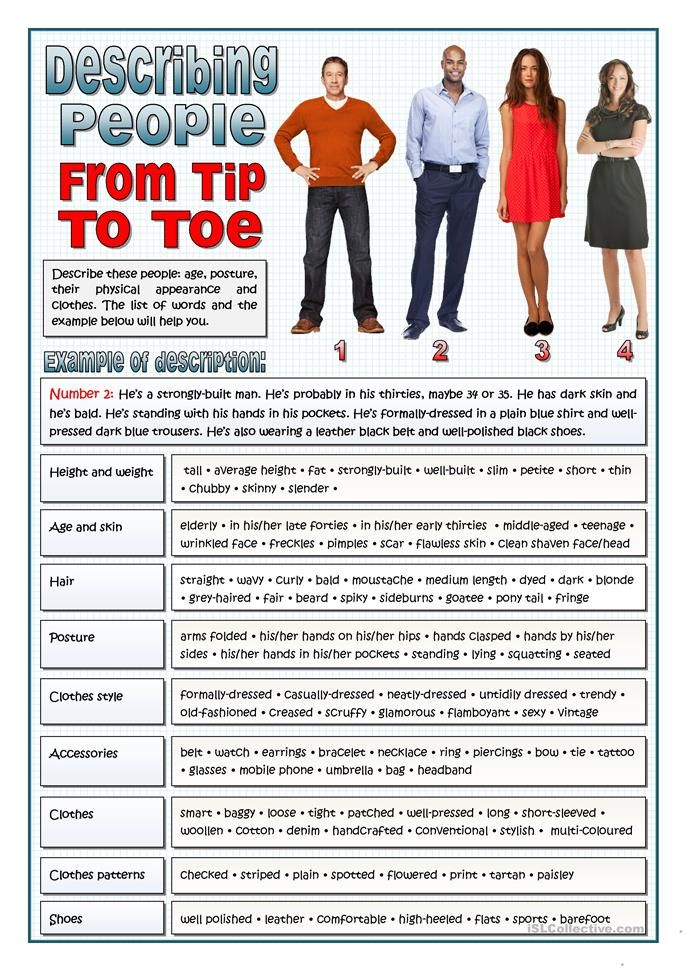 Please help me, I really want to get a little fatter and my mother will not say that I am thin. Thank you in advance.
Please help me, I really want to get a little fatter and my mother will not say that I am thin. Thank you in advance.
#30
I will tell you everything and send the file where everything is written
#31
#32
#33
Guest
Children 4 and a half years old. all his life he was underweight, was born prematurely and ate very poorly from birth to three years. Now, it seems, he eats well, And he eats porridge, and the second and soups, in the kindergarten he eats everything and at home I try to feed him more. But the weight is not added, it is not so noticeable in clothes, but when he is naked - it's just some kind of concentration camp! One bones. I give Elkar for appetite and weight gain - but so far to no avail. Question: maybe someone knows the recipes, what is the best way to feed a child so that he gets a little better??? Too fatty recipes are not necessary - he may have problems with the liver. Thank you in advance.
But the weight is not added, it is not so noticeable in clothes, but when he is naked - it's just some kind of concentration camp! One bones. I give Elkar for appetite and weight gain - but so far to no avail. Question: maybe someone knows the recipes, what is the best way to feed a child so that he gets a little better??? Too fatty recipes are not necessary - he may have problems with the liver. Thank you in advance.
#34
#35
#35
#35
buy a new toy. And when adults do not want to eat, why. When they are nervous, when they do nothing. And they don't eat! Why force children? You read the reviews - they try to feed them with all sorts of goodies .... And just offer bread and a mug of water ... And don't force them to eat.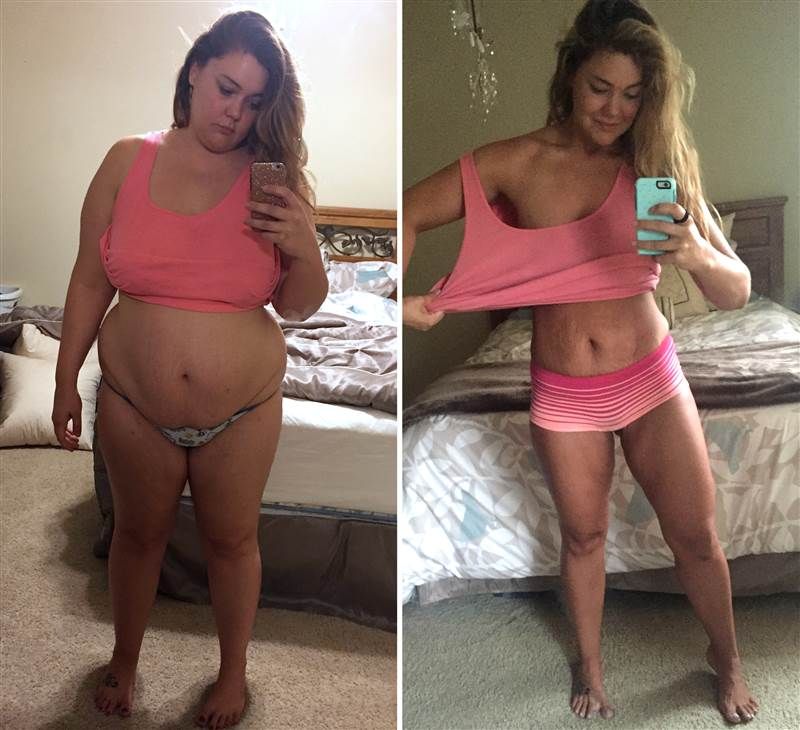 At first, the child will be surprised, of course. A few days like this - then he will ask for something. Just give me then not some goodies, but what you haven’t eaten before, a simple soup, a porridge without bells and whistles, in the sense, without any fillers. In general, appetite is the body's response to calories burned. The lower the load, the less energy is spent, and accordingly, it needs to be replenished. It seems to you that your zipper is mobile, does not sit still, spends a lot of energy ... Or maybe he has enough of those drops that he eats ... If he wants to eat, he will ask for it .. do not accuse me of cruelty. After all, the situation is better now, when you are ruffling your nerves and your child? Nothing ... Previously, children were not stuffed with food, and everyone was normal.
At first, the child will be surprised, of course. A few days like this - then he will ask for something. Just give me then not some goodies, but what you haven’t eaten before, a simple soup, a porridge without bells and whistles, in the sense, without any fillers. In general, appetite is the body's response to calories burned. The lower the load, the less energy is spent, and accordingly, it needs to be replenished. It seems to you that your zipper is mobile, does not sit still, spends a lot of energy ... Or maybe he has enough of those drops that he eats ... If he wants to eat, he will ask for it .. do not accuse me of cruelty. After all, the situation is better now, when you are ruffling your nerves and your child? Nothing ... Previously, children were not stuffed with food, and everyone was normal.
#36
guest
The child looks like its parents.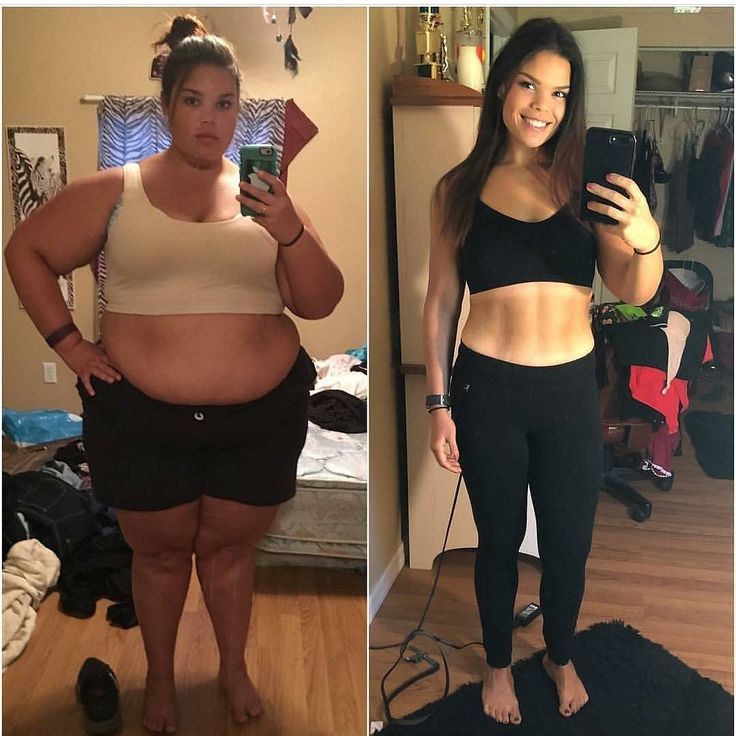 For example, I grew very poorly. I was the smallest in the group and in the class. But in the end I grew to quite normal 165 cm.
For example, I grew very poorly. I was the smallest in the group and in the class. But in the end I grew to quite normal 165 cm.
And the size of the legs is small and palm. He is a full 7 years old. Height 114, weight 22. Such a strong man. The doctor does not say anything about growth. But I wonder how tall the child will be?
New Topics
-
Previously, the child was poured on porridge, and now it is crying
1 Answer
-
Could a child eat cutlets
9000 on the chest2 answers
-
How to choose a mixture for a child from 6 months?
5 answers
-
GW under 4 years
4 answers
#37
#38
#40
#41
9000 #42 9000
Dasha Dasha Dasha Dasha Dasha Dasha Dasha Dasha Dasha Dasha Dasha Dasha Dasha Dasha Dasha Dasha Dasha Dasha Dasha Dasha Dasha Dasha Dasha Dasha Dasha Dasha Dasha Dasha Dasha Dasha Dasha Dasha Dasha Dasha Dasha Dasha Dasha Dasha Dasha Dasha Dasha Dasha Dasha Dasha Dasha Dasha Dasha Dasha Dasha is
eats the most potatoes very thin
#44
Guest
Height 97 cm, weight 12 kg
#45
#46
#49
#50
How to quickly gain weight as a teenager.
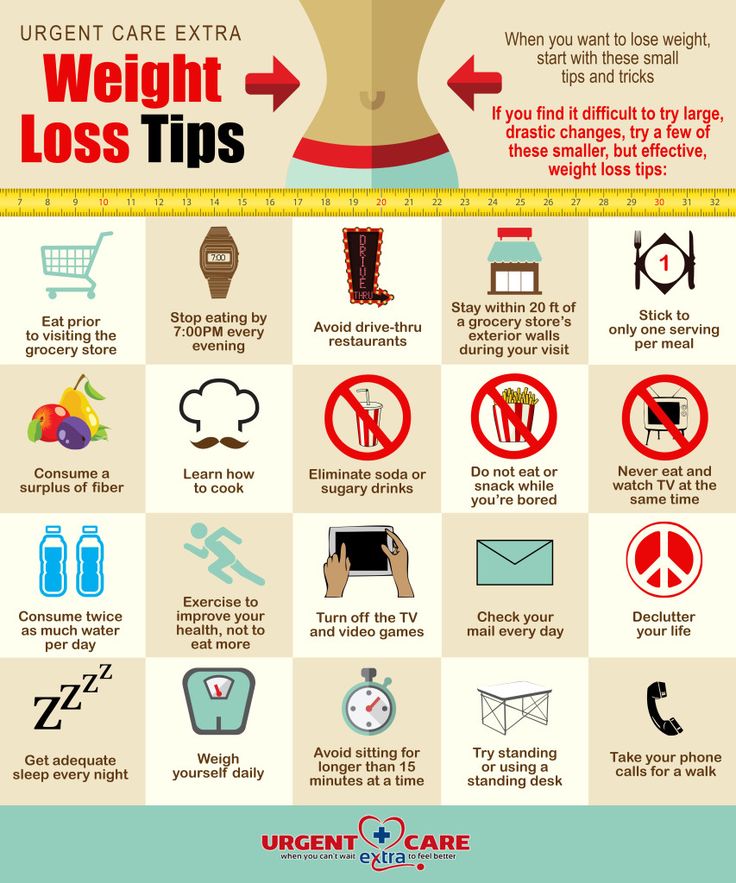 Causes of underweight
Causes of underweight Often, parents are faced with such a problem as a lack of weight in a child. Excessive thinness can lead to the development of complexes in a teenager, because everyone knows how critical a person is about his appearance, being in adolescence. Over time, during the maturation period, guys want to gain a strong torso, and girls, in order to look more attractive, have rounded shapes and slender, not thin legs . This problem can be dealt with, but first you need to understand what caused it to appear.
Causes of underweight in adolescents
Intense growth
Intensive increase in height is most noticeable in boys aged 13 to 15 years. In just a few months, their growth can increase by about 10 centimeters. In most cases, muscle mass does not have time to develop so quickly, so it may seem that the child has lost weight dramatically.
Decreased appetite
This happens frequently with children and adolescents. At first glance, the solution to the problem seems quite understandable, but you should not force the child to eat without finding out the cause of poor appetite. And this reason may be far from harmless. For example, appetite may decrease due to anxiety. Adolescents take everything to heart much more closely than adults. If your child does not eat well, talk to him - perhaps he really has some problems and you will be able to find them out.
At first glance, the solution to the problem seems quite understandable, but you should not force the child to eat without finding out the cause of poor appetite. And this reason may be far from harmless. For example, appetite may decrease due to anxiety. Adolescents take everything to heart much more closely than adults. If your child does not eat well, talk to him - perhaps he really has some problems and you will be able to find them out.
Stress and diseases
As a result of stress and various health problems, metabolism can be disturbed. Its violation leads to a change in weight. Such a problem is not ordinary for a teenager, and to solve it, you need to see a doctor.
Physical activity
Excessive physical activity may be the cause of insufficient weight. In this situation, you just need to change the diet of the child.
How can a teenager gain weight quickly?
At home, you can really quickly increase the weight of the child, following these recommendations:
- Increase the amount of foods rich in fiber, carbohydrates and proteins (bread, pasta, legumes, nuts, poultry, fish, meat) in the child's diet.
 Also include in the diet a sufficient amount of fresh berries, fruits and vegetables.
Also include in the diet a sufficient amount of fresh berries, fruits and vegetables.
- Need to eat more often . Five meals a day is the best option for a teenager.
- Make sure your child does not eat too much fried and greasy food as it takes a long time to digest and gives the impression of fullness, which leads to a decrease in appetite. It is advisable to stop eating fast food.
- Enroll your child in the gym. There, with the help of an instructor, he will be able to build muscle mass. A competent instructor will select a suitable set of exercises for your child, taking into account the characteristics of his body. You need to go to the gym so that muscle mass increases evenly and fat deposits do not appear in the most inappropriate places.
Weight Gaining Tips for Teenagers
- Gain pounds with a healthy protein shake.
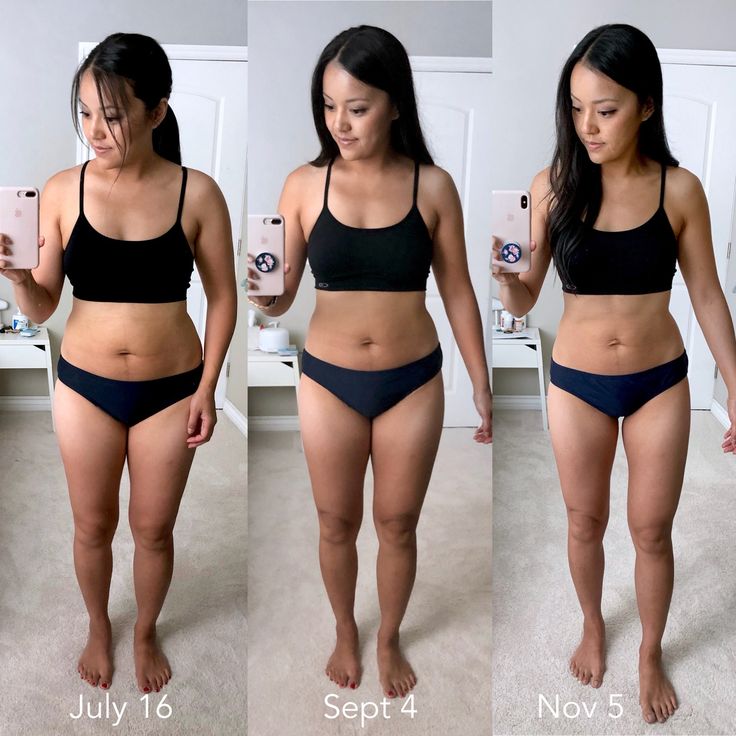
- Most of the diet should be proteins (dairy products, eggs, meat, fish) and carbohydrates (potatoes, bread, pasta).
- People who want to increase their weight are advised to drink plenty of water, milkshakes, juices and tea.
- One of the cardinal measures in weight gain can be brewer's yeast , but here you need to consult a specialist.
- Be sure to use the machines as you will not be able to gain weight evenly with a special diet. Before you start training, you need to find out exactly what types of exercises you should perform to build muscle mass. At the initial stage, it is better to train with an instructor, since it will not be easy to create a suitable set of exercises on your own. The trainer will form a set of exercises depending on the height of the child, his physical fitness and the desired relief.
- If you are underweight, you need to develop the muscles of the arms and legs; muscle growth in the legs and arms guys can provide exercises with barbells and dumbbells , and girls - with the help of dance-strength training.


